Community Forecast
Digital display and interactivity, including new developments like VR (virtual reality) headsets, figure in the presentation and interpretation of arts and culture. The trend is to balance digital interactivity with flesh- and-blood presence. Greeters, guides, docents, curators, and greater back-of-house visibility help connect visitors to institutions. If “edutainment” is in question, experience and dialogue are not.
Museums are creating cultural moments outside their walls—at real places in the community that make the visitor experience richer and more relevant. To be seen as cultural hubs, they are also diversifying their programs, often with outside partners, and giving rise to new hybrid, pop-up, and virtual venues that provide public antidotes to the daily grind. In the process, art, architecture, and the user experience interact and merge in unexpected ways. These convergences increasingly include the urban environment as well.
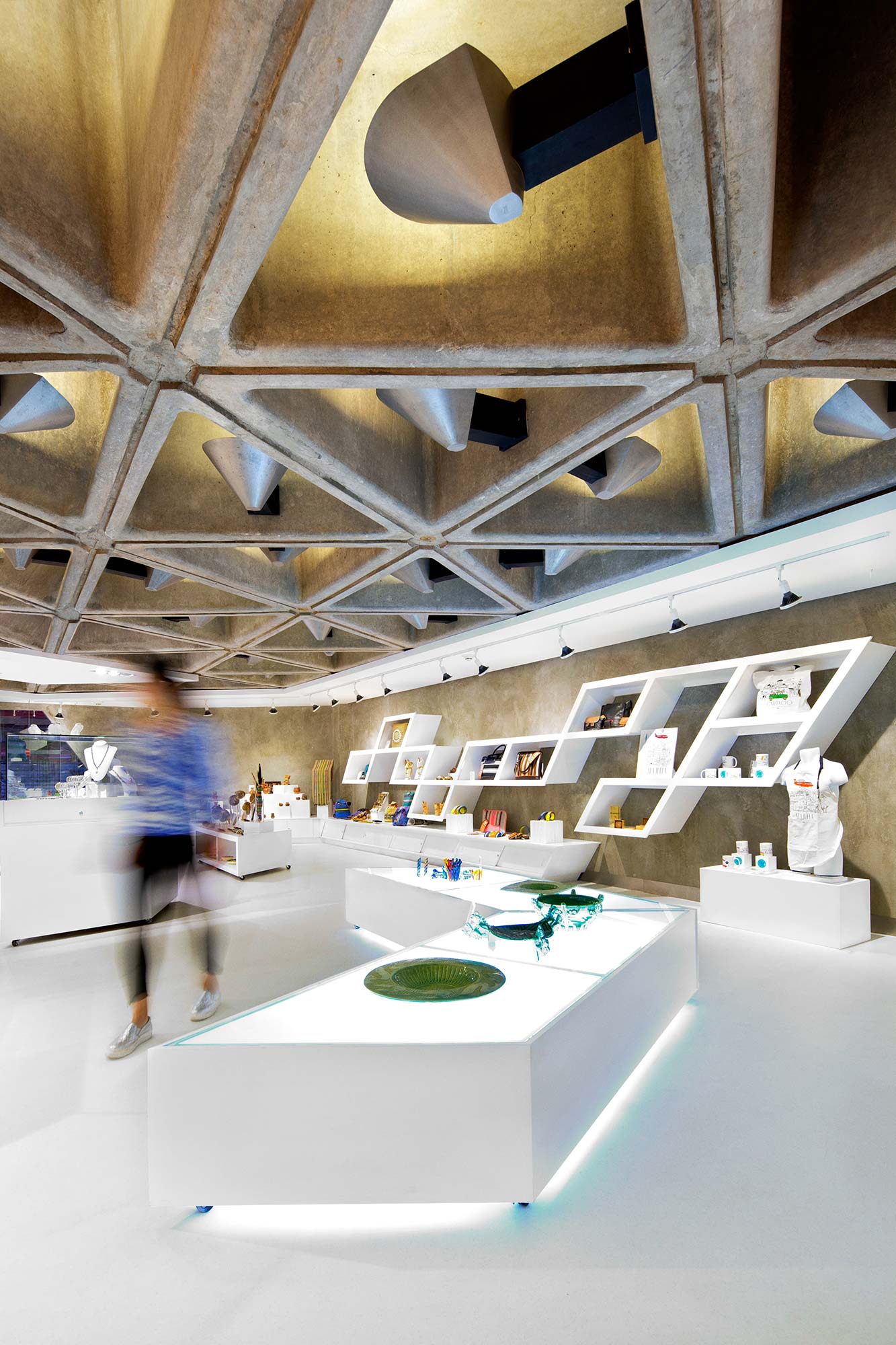
The web has also given rise to specialist cultural organizations that can attract—and connect—geographically broad audiences. This will spark the growth of bespoke museums and centers built around a singular vision, collection, or person. Larger institutions are often cosponsors. Like universities in their research partnerships, institutions have to manage collaborations carefully to avoid blurring their mission with others’ agendas.
Social resilience is a specific concern of cultural organizations. By engaging their broader community and partnering with other groups, they can build the social cohesion that is the foundation of resilience. Sustainability is important—in Mexico, for example, environmental responsibility is part of many museums’ brands, consciously expressed in their design.
As the passenger-focused goal of delivering a holistic travel experience takes hold, it will shift the emphasis from lowering costs to growing revenues by improving service. This will take in speed, ease, and efficiency, as well as comfort, amenity, and connection. To step up their role as connectors—between communities, regions, and with the world—airports are forging stronger relationships with their cities. They’re also asking, together with the airlines, “What is a world-class experience?”— a question that they need to pose constantly to keep pace with the industry.
More robust fast transit systems, like trains, will make travel easier between the city and the airport and bring them closer together. As they align more with hospitality, airports also draw on and reflect the best of what their cities have to offer—cuisine, retail, arts, and culture. Letting people move seamlessly through and beyond the airport, their smart devices handling the checkpoints and transitions, is the immediate future.
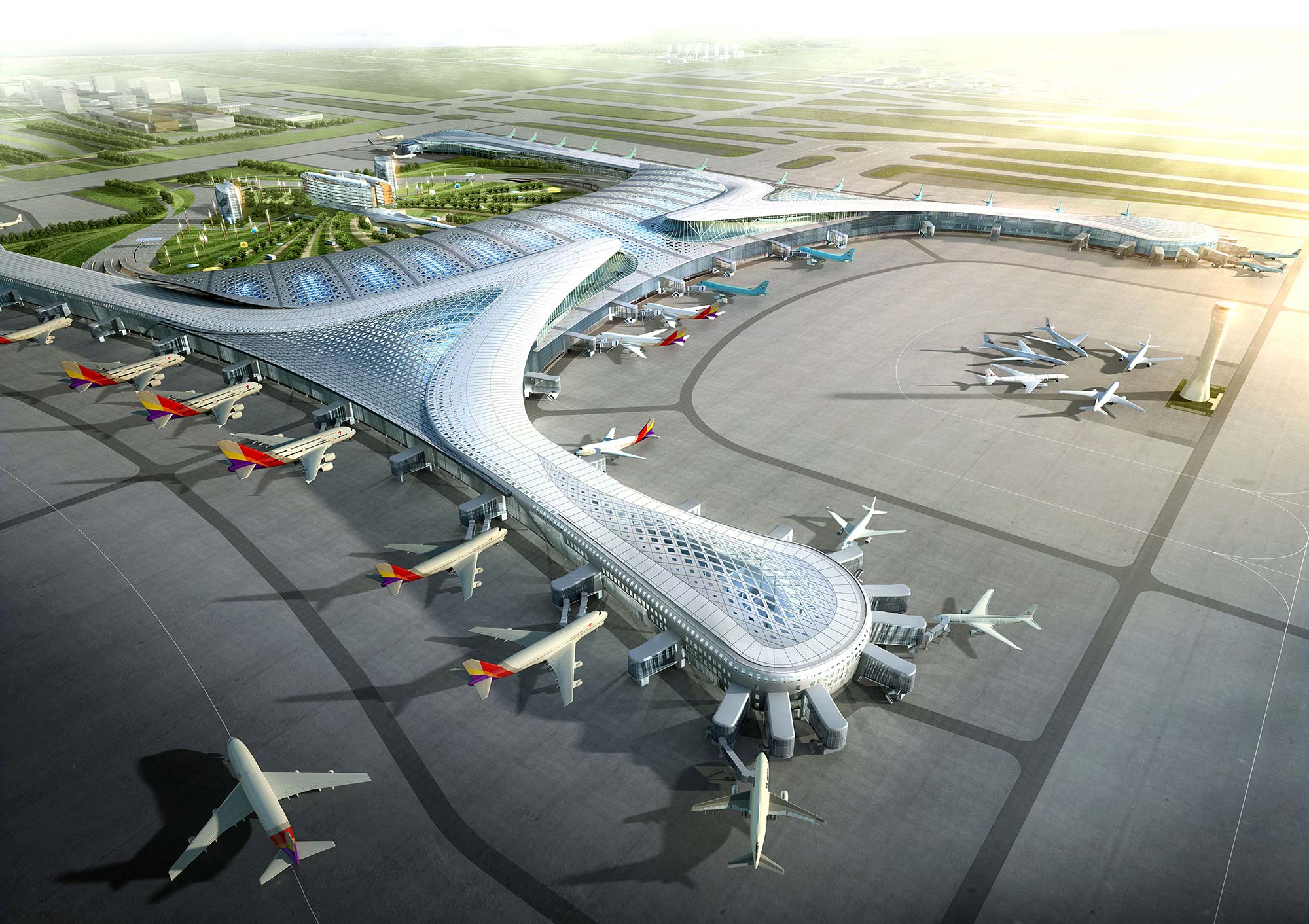
Where transit capacity lags behind demand, augmenting what exists will be the first priority. Automatic control systems will allow rail networks to handle more and faster trains. Apps will let passengers time their journeys and pay for all of it—including car and bike sharing—with their smart devices. On the horizon are driverless trains that can run closer at a higher average speed.
Transit hubs and corridors are the linchpins of mixed-use districts. Their value as portals and destinations points to multipolar cities—characterized by numerous compact, walkable centers that will shorten commutes and cut traffic congestion.
As de facto retail centers, airports and transit hubs are subject to consumer trends that decouple looking, buying, and delivery. Different kinds of retail spaces may be the outcome, as cash and carry is supplanted and experience becomes the main attraction.
By looking beyond “the box” and adding a range of facilities, convention centers will deliver the city as a venue, recognizing that it’s the real draw for convention goers. This destination-focused approach may require new partners and ways of operating, but it gets around cost and space constraints that might hinder expansion and upgrades.
Breaking out of the box also makes it easier to open up centers and give them a new urbanity and humanity. This is a trend for museums too, consciously connecting themselves and their amenities to urban walkways and neighborhood attractions, and outdoor views, as part of the scene.
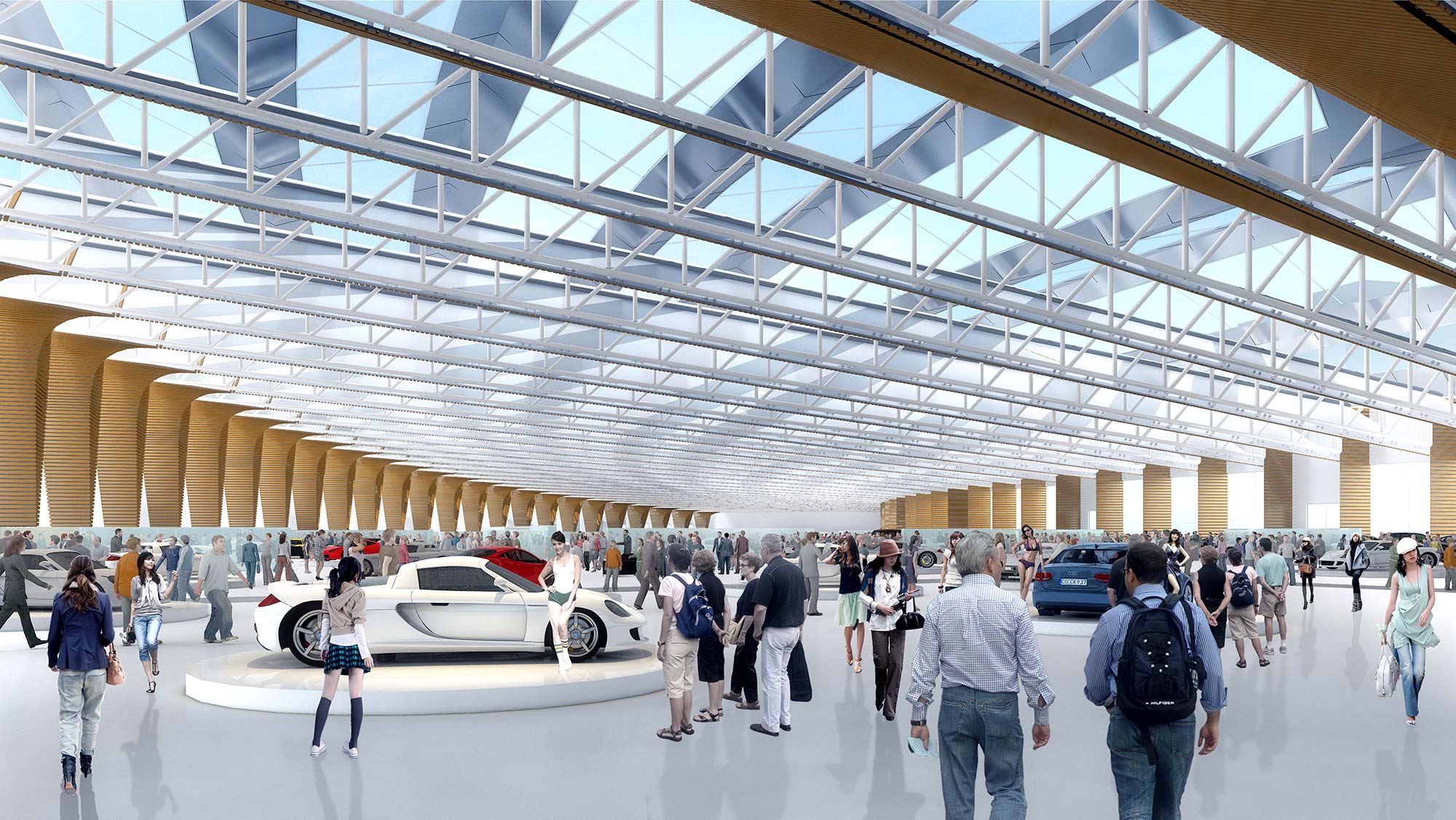
As more airports become gateways for national and global travelers, cities are upgrading convention centers to first tier. This is part of these cities’ efforts to revive downtowns and build synergistically on the growing number of events and attractions around their convention centers.
Austin is a model, extending its SXSW live music festivals into a larger program of tech and innovation gatherings that attract an international following. In this scenario, it’s less about a convention center, more about creating a district that can cater to the locals, but can also scale up to accommodate surges of out-of-town visitors when the episodic big events and conferences pull them in.
Cloud computing and smart devices, including houses and cars, are the main factors behind strong demand for data centers. To meet this demand, larger players are entering the market with multilocational programs. Along with growth comes change. The old mantra of reliability at any cost is giving way to lower-tiered, often smaller facilities. Pervasive cybersecurity issues are being met with command centers and operation centers to monitor and safeguard networks and backbone infrastructure. Regulatory changes—for US utilities, for example—make this a priority.
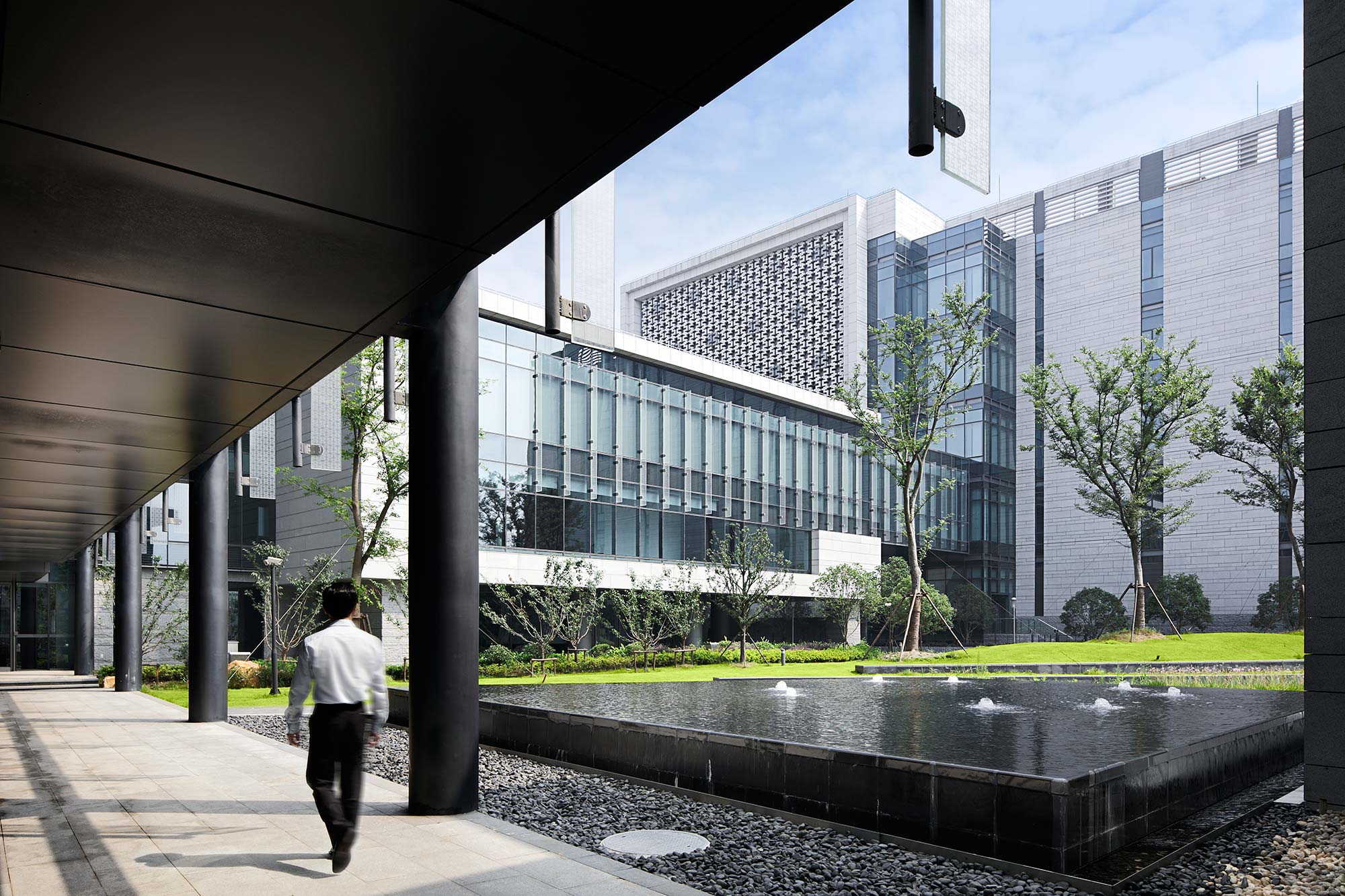
Data center technical innovations include using fuel cells, the only form of energy that consumes zero water, for storing energy and providing backup power. Wireless innovations that increase the capacity and quality of existing networks will make it easier to meet demand without relentless growth in facilities. Using graphene, a superconductive material, in process- ors will cut their energy consumption and heat generation, leading to even denser data centers that require less power.
People are curious about the critical facilities that underpin our digital connections. That’s why some companies are letting people see and interact with their facilities as part of their brand expression.
Students’ cost-to-value issues could prod them to bypass traditional institutions for new options tied more closely to job markets and careers. Current certification is often proof of competency, even for degree holders. In some sectors, certification has actually supplanted degrees. It’s leading to new “schools” that tap online games and the Maker Movement as models. The responses from existing institutions include greater interactivity and self-direction, shorter and more career-targeted programs, and interdisciplinary STEM and STEAM programs. These shifts will generate a need for new, often hybrid, facilities.
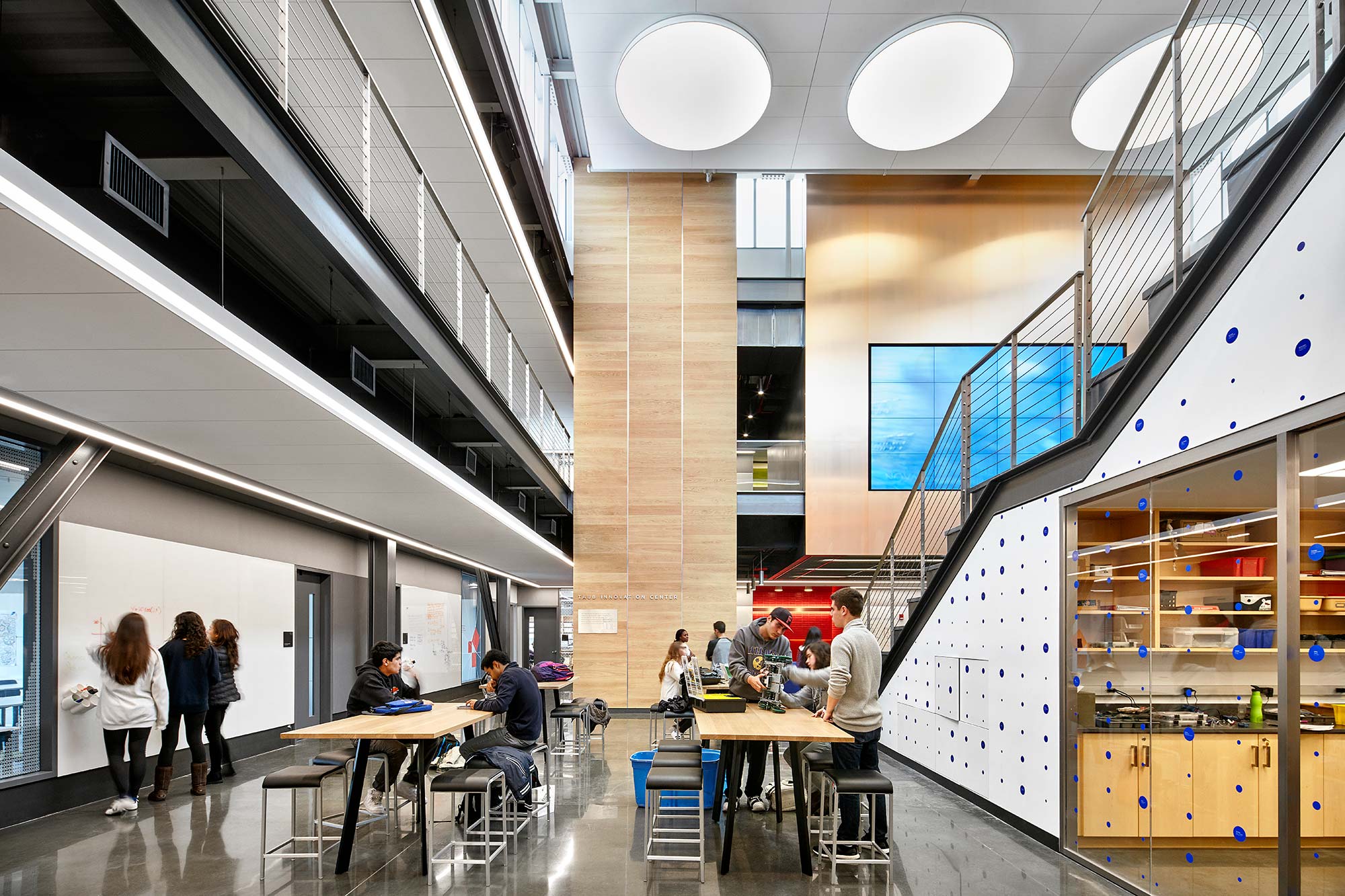
As more institutions move into R&D and its applications, they are using labs, incubators, and accelerators—often developed with outside partners—to speed up innovation, support startups, and enable faculty and students to team with industry. As learning becomes more hands-on and interactive, educational spaces—inside or outside of the classroom—will be designed to inspire students to learn in different ways.
Education’s real estate strategies are changing. Institutions are teaming up, often at government instigation, on new campuses that support educational and R&D initiatives. Super-campuses that combine K–12 and higher education at several levels—and sometimes integrate public building—help spread the costs of expanded facilities. Mixed use and alternative delivery approaches are very much in the picture. Taking a total-return view of new construction and retrofit, institutions look to data-driven design and operation to optimize their facilities and systems for long-term, holistic performance.
Health consumers will self-direct their own wellness, reaching out to a range of providers. Work and leisure time already take in well- ness, catering to consumers’ preferences to have personal care built-in or close at hand, and walk-in or app-scheduled. Self-diagnostic tools will support people’s collaboration with their doctors and allow them to evaluate the health of their home and work settings too.
Providers continue to build alignments between medical centers and small practices, changing how services are delivered and promoting consolidation. House calls and community-based clinics are being revived as the new model, while big regional centers are opening branded specialist clinics in local markets. As the real cost of services is clarified, providers will turn to development and ownership models that make financing easier and deliver a higher return on real estate investment.
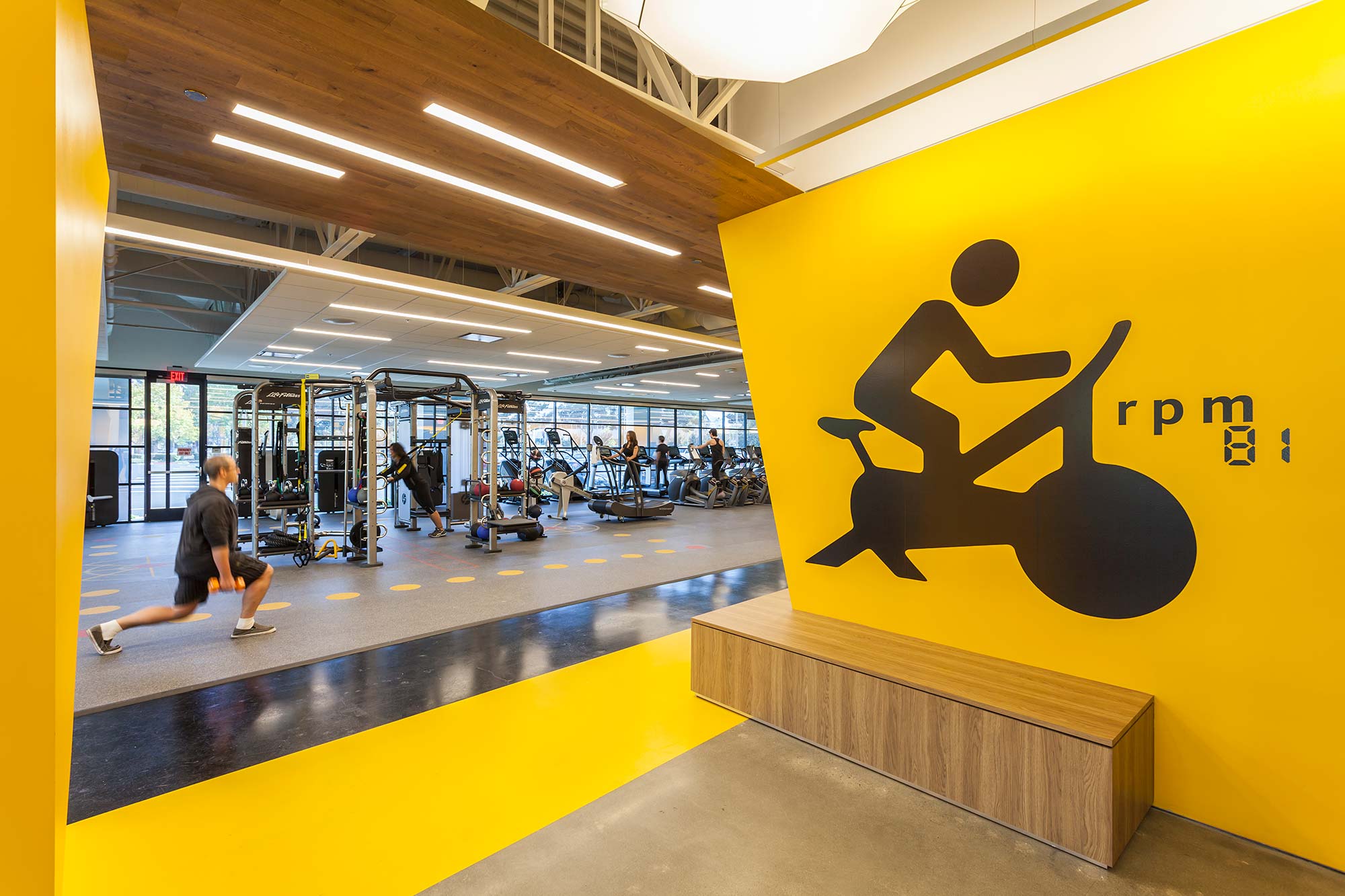
Artificial intelligence will change health and wellness into a daily lifestyle pattern. People already turn to the web for immediate advice, while apps prompt them to stay healthy. In the near future, remote sensors will monitor them and communicate with their providers. As these options proliferate, inpatient hospitals and clinics will focus on serious health issues—using computers to aid diagnosis and design personalized therapies. Remote consultation is growing, and VR devices may extend the medical team’s reach. Labs are automating analysis and using apps to speed results to medical teams and patients.
The hospital of tomorrow might resemble the research lab of today, where boundaries between research, education, and clinical care disappear. As part of this network, the hospital will develop a new civic role that focuses on community health and well-being integrators, helping patient-consumers navigate the new structure.
For postindustrial cities, a current challenge is to recycle redundant and abandoned infrastructure. New York City’s High Line, like Germany’s Emscher Park a generation ago, shows the benefit of reviving these stranded assets. More cities will use them to embed art and culture, amenities, and recreation into areas that lack them—and reconnect, repair, and activate these formerly industrial or trade-focused districts as they do so.
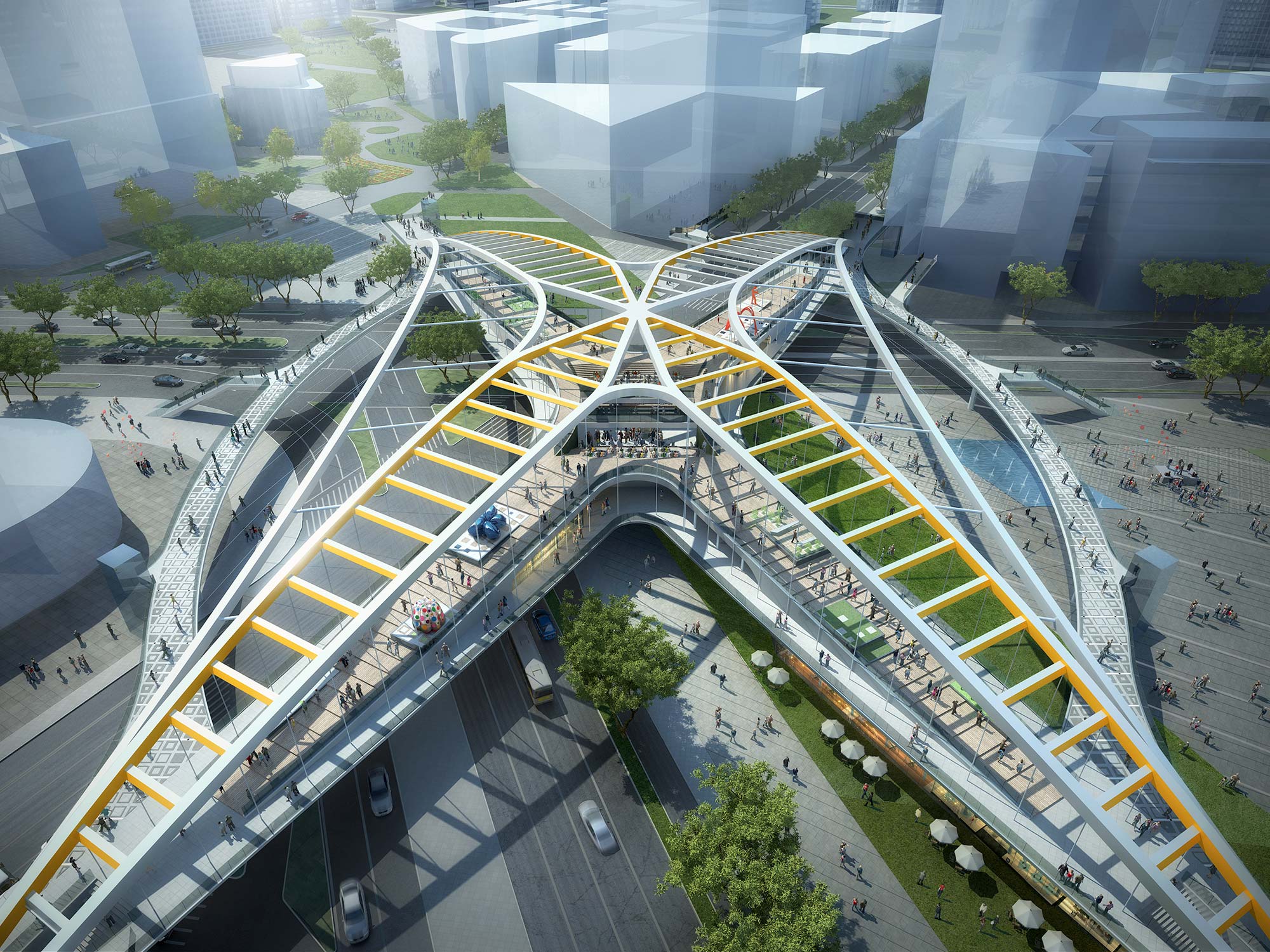
A second challenge is to make cities healthier. Growing public awareness of wellness, coupled with greater transparency about environmental issues like air, food, and water quality, will put more pressure on cities to clean up their act and step up measures to improve access to open space, curtail mass use of polluting vehicles, and promote walking. Healthy cities are likely to be a differentiator wherever environmental conditions are stacked against health.
Transit will play a growing role in this. While the immediate “fix” is to make existing networks work better, look for larger cities to start commissioning the next-generation networks. One goal will be to rationalize mobility across modes. Another will be to tie city, regional, and high-speed intercity systems together, creating key transit nodes—Kings Cross in London and Hudson Yards in New York City are examples—that anchor redevelopment, serve their cities as regional portals, and leverage private investment.
